Tom’s Guide on using a French Press
I love using my French Press.
It is one of the more prominent brewing methods around the world, probably because it is such a simple, affordable, and wonderfully achievable way to make great coffee in your own home.
This means that an awful lot of people around the world have one in their kitchen, and may even use it nearly every day, without actually using it in the way that would be best for them and their coffee habits.
Want to try some Batch Coffee… For Free?
I’ve been making French Press coffee for years with thousands of different coffees.
If you’re struggling with how to go about making a French Press, hold on tight and I’ll guide you through the dose (essentially how many scoops) through to how healthy a French Press really is.
Batch Coffee Club is perfect for French Press Drinkers (the coffee we showcase is some of the best in the world). I’m that confident you’re going to love the coffee I’ll send you a free trial box…
How Many Scoops Should Go In A French Press?
Well, this depends upon the size of your scoop and the size of your French press.
But firstly I prefer a brew ratio of 1:15 coffee to water.
So for every gram (or ounce) of coffee you’ll need 15 grams (or 15 ounces) of water.
Now a scoop or a tablespoon is fairly hard to measure because they can vary in size as can the coffee vary in weight.
As a general rule of thumb, I’d suggest adding 3-4 heaped scoops or tablespoons of ground coffee to your 1 litre French Press.

If you are using a different size French Press adjust the scoops accordingly. For example a single serve French Press is usually around 350ml capacity so you will only need 1 scoop of coffee grounds.
This is a good ratio that is generally applicable for any brewing method, from espresso to pour-over.
What Is So Special About A French Press?
There are a number of things that I love about French press:
First of all, something that is great about French presses is the customisability of each cup of coffee.
I can brew coffee however I might like, increasing or decreasing the dosage of coffee, as well as controlling the brewing time.
This level of control is fairly unique in the world of home-brewed coffee.
The second thing that I love about French press is the mouthfeel of the coffee.
French presses use mesh filters with wider holes, when compared to a paper filter.
This means that extremely small amounts of coffee grounds can sometimes get through, leading to a different texture and consistency in the final cup of coffee.
While this is certainly a matter of taste, it’s something that a number of people, including myself love.
Do You Use Regular Coffee In A French Press?
Yes and no – that’s a tricky question to answer since everyone’s version of ‘regular coffee’ is slightly different!
You can simply use any coffee beans available out there on the market to make French press coffee.
There’s no particular style of roast that you need to opt for, and no particular country of origin.
The French press is a fairly robust brewing method, which means that it can handle nearly any flavour in the beans themselves.
With that said, though, we would suggest opting for coffee grounds that are fairly coarse, in the grand scheme of things.

The brewing chamber of a French press is one of the largest of all different brewers, which means that larger grounds have more room to move around while they’re brewing.
In turn, the grounds don’t need to be small and optimized for rapid extraction. Instead, slightly slow extraction works perfectly well.
Is French Press Coffee Healthier?
All different coffee brewing methods revolve around the same concept – obtaining various flavourful and aromatic compounds from coffee grounds in order to produce a flavoured, water-based drink.
Because of this regard, all different coffee brewing methods are essentially as healthy as one another.
The only difference is that some brewing methods may be slightly more concentrated than others. Even then, the difference is only a small one.
The answer to the question is, essentially, yes and no – French press coffee isn’t any healthier than other brewing methods, because they’re all roughly as healthy as one another.
The good news, though, is that coffee isn’t intensely calorific, and as it’s mostly water in the brew, there aren’t any unhealthy compounds in the drink that could lead to health problems.
Best Coffee For French Press?
To pick a specific coffee for a brewing method, you must consider how the grounds will submerge in the water. As the grounds in a French press will circulate readily, it will need relatively little brewing time. For me, a darker flavoured coffee is perhaps one of the best options.
For that reason, I would typically suggest that you opt for a type of coffee that’s a little more full-bodied and flavourful than some of the other options you might have. For example, a Brazilian coffee will generally have dark, rich notes to it.
This type of coffee is ideal for a French press. A central or some South American coffees though, will typically be more fruity and acidic, and wouldn’t be too well-suited to a French press.
French Press Recipe
Just so you know. When you buy via the links on our blogs, we may earn an affiliate commission at no cost to you. Learn More
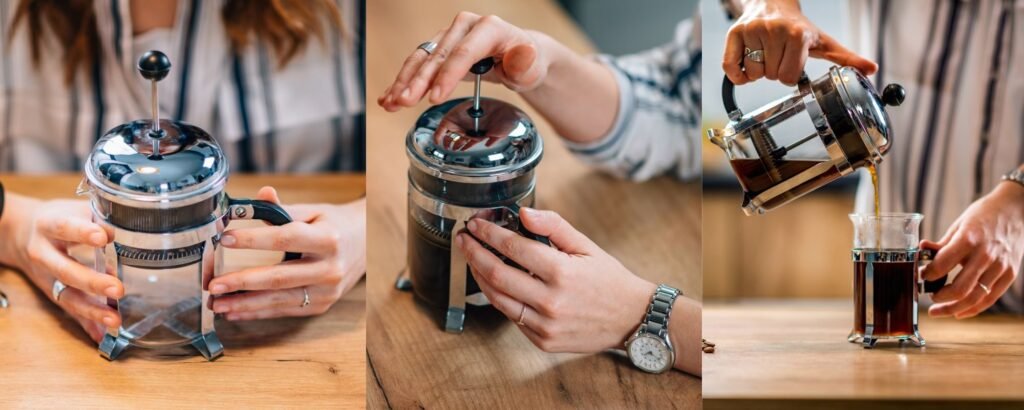
1. Preheat the French Press
Preheat your French press with hot water. This is a great habit to get into, the temperature of your coffee filter method is very important when making a great cup of coffee.
If the brewing water hits a cold French press the overall brew temperature will decrease resulting in an under-extracted coffee.
Keep the hot water inside the french press for a minute or two, depending on whether you have a glass or stainless steel French press it may take a little longer to heat the jug.

2. Grind the Coffee
Grind up those lovely beans and enjoy the wonderful aromas of freshly ground coffee.
Because a french press is an immersion brew method, which means the coffee is completely submerged in water and stays in contact until it is poured into a cup, you are aiming for a fairly coarse grind.
This is because the larger the surface area of the coffee the longer it takes to extract its flavours and because a french press uses a mesh filter finer grinds can slip through.
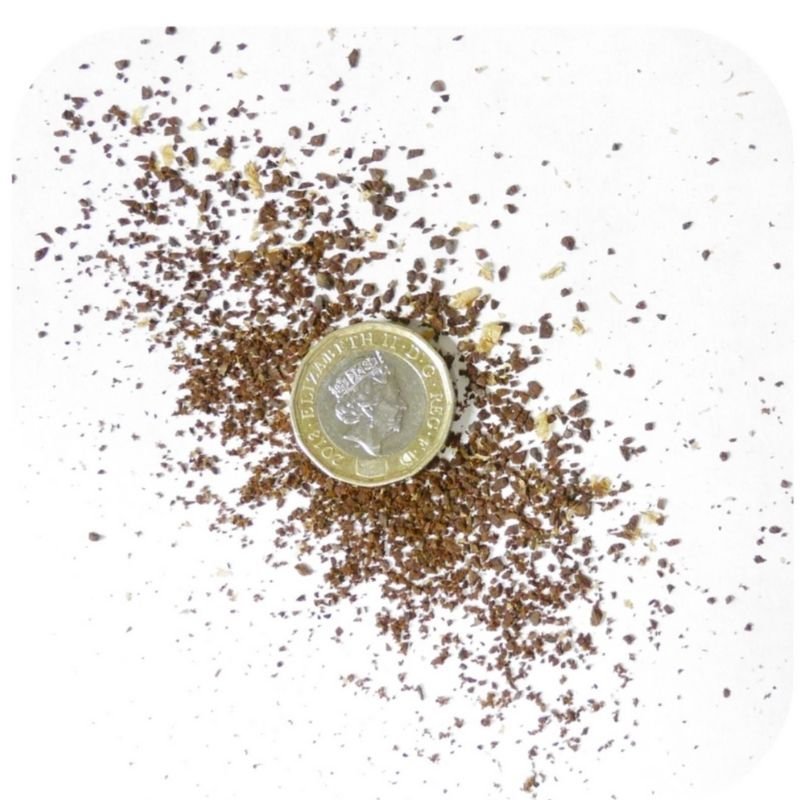
Usually on most grinders, especially burr grinders this means one of the higher numbers. If you use a blade grinder grind for less time than you usually would.
3. Fill the Kettle
Fill the kettle to 750ml of boiling water. If you have a thermometer you’re aiming for around 90°C-95°C. If you don’t have a thermometer, boil the kettle and wait for 30 seconds.
Tip: If you’re using a pouring kettle like the gooseneck one pictured make sure you also preheat this before pouring in the water you’re going to use to make the coffee.
4. Add coffee to the french press
Empty the hot water out of the french press and tip in your chosen delicious coffee.
The ratio that we have in our guide is 50g of coffee to 750g of water (1g=1ml of water).
This can be altered depending on how large your French press is and how many people you are making the coffee for.
This particular French press has a 1-litre carafe and I usually find it makes 3-4 cups of coffee (they advertise 1L French presses as 8 cups but unless you’re only after an extremely small serving I would half that number).
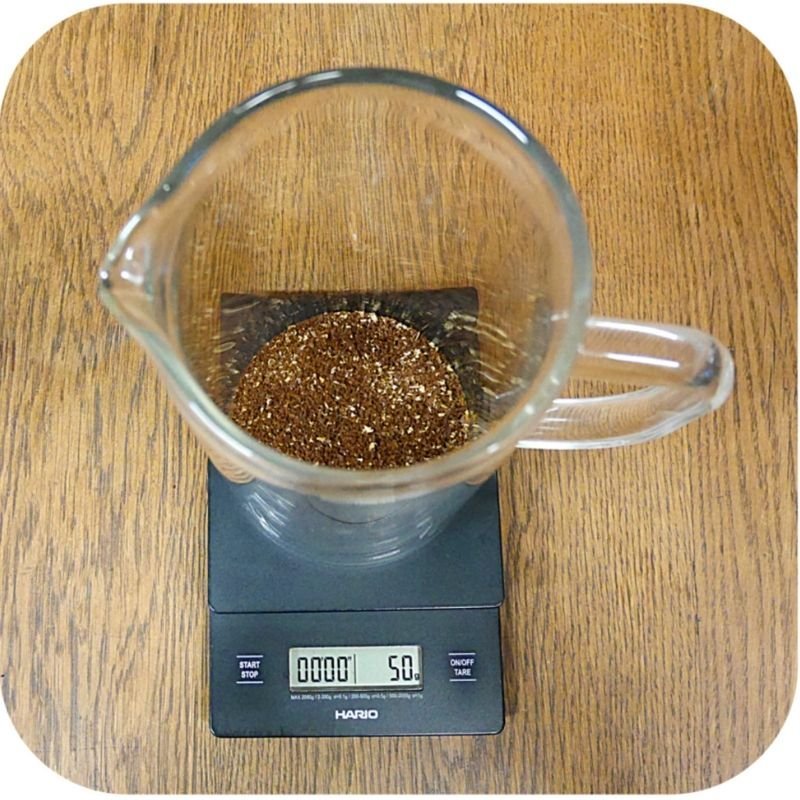
Adjust the weight of coffee and water to how much you want to yield as long as the coffee to water ratio is 1:15.
This is slightly stronger and a lower coffee to water ratio than other brew methods because the mesh filter doesn’t stop the oils of the coffee from getting into your cup, and that extra bit of strength helps the flavours cut through those oils.
Tip: If you don’t have scales fear not. 50g is around 3 tablespoons. 750ml of water added to the coffee is about 2cm from the top.
5. Bloom the coffee
Tare the scales to zero and start the timer.
Start adding the water slowly onto the ground coffee trying to wet all of the coffee but not submerge it all fully in water, you’re aiming for a slushy-like consistency (as in freshly served slushy).
Add around 100ml, give the carafe a gentle swirl to make sure that all the coffee is soaking.
This is called blooming the coffee, it’s another important step in creating an unbeatable brew.

It helps the coffee release various gasses like carbon dioxide and allows for the rest of the water to penetrate the coffee and extract all of those complex and delicate flavour profiles.
You will see the grounds bubbling and expanding getting ready for the next step.
Let the coffee bloom for 45 seconds.
Tip: This is a great moment to get your nose in there and start to guess what flavour notes are going to be in the cup.
6. Brew the coffee
Add the rest of the water to the French press so the scales read 750g. With a spoon carefully stir the brew right at the top of the French press.
This is so all of the coffee is submerged in the carafe as sometimes coffee collects at the top.
Make sure you don’t agitate the coffee too much as this may lead to over-extraction and bitter flavour notes.
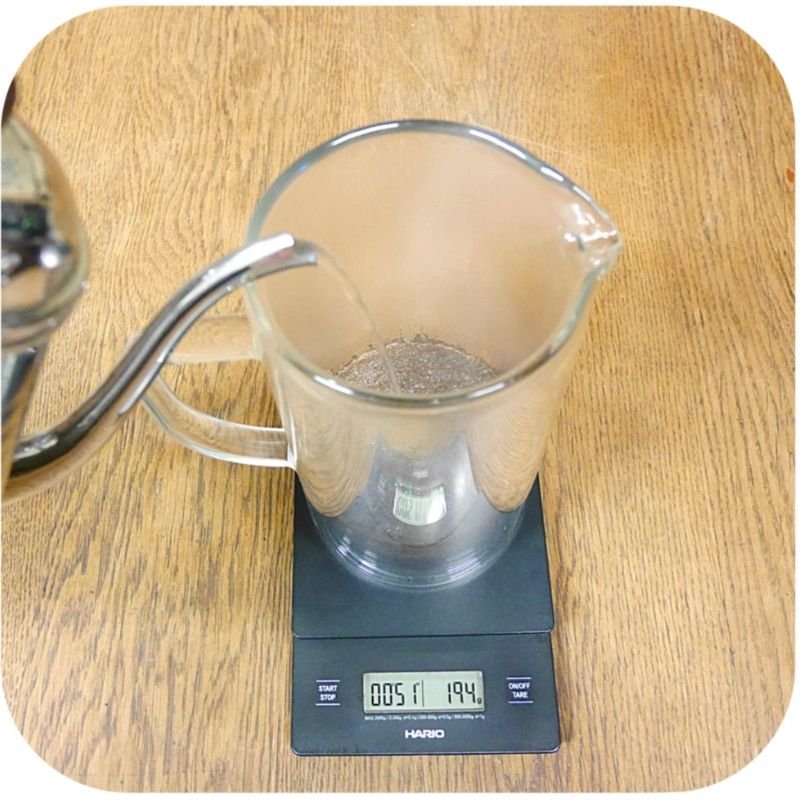
When we brew coffee there are many variables, some we can control like ratios and water temperature but others are harder to control like agitation.
If we remove certain parameters like agitation until the end when most of the flavour has been extracted then we create a more consistent brew.
7. Gently stir
Wait until the time reads around 4 minutes and give it a gentle stir for 10 seconds.
Although the coffee is now ready to drink the stir helps all of the dissolved coffee spread evenly throughout the brew.
8. Plunge
The moment that everybody has been waiting for has finally arrived. Go ahead and plunge that coffee.
Don’t press too hard or too fast though, easy does it!
Press until you feel the resistance of the coffee grounds at the bottom, but don’t press down on them as if you’re squeezing a teabag – the flavours have already been released in the brewing process.

9. Enjoy!
Pour out all of the coffee into your ceramic cups and enjoy!
If you made more than you can drink at once don’t leave the coffee in the bottom of the carafe as it will start to become bitter as it steeps for longer. Instead, pour the coffee into a jug or coffee flask for later
How long do you let coffee sit in a French press before drinking it?
Personally I would pour all of the coffee brewed in a french press out immediately after you have plunged.
This is because once you have let the coffee brew for 3-4 minutes, the grounds have already been sufficiently extracted. When you leave the coffee sitting in the French Press the grounds continue to extract below the plunger and you may end up with an over extracted bitter coffee.
Is it OK to drink French press coffee everyday?
I would say that for a person that doesn’t have any issues consuming coffee, it is certainly OK to drink French press everyday.
French press is also considered healthy when consumed in moderation and taken black rather than with any milk or suger.
Is French press coffee stronger than regular coffee?
Strength is a bit of a funny word in coffee as it is usually misinterpreted as to what is strong. Typically when brewed correctly most brew methods should contain around the same amount of caffeine per ml.
A French press however does brew fairly long coffees, so may be considered around medium strength compared to an espresso. Or when you compare a cafetiere coffee to a filter coffee.
The particluar type of coffee and the roast profile will also play a role in the perceived strength of the coffee.

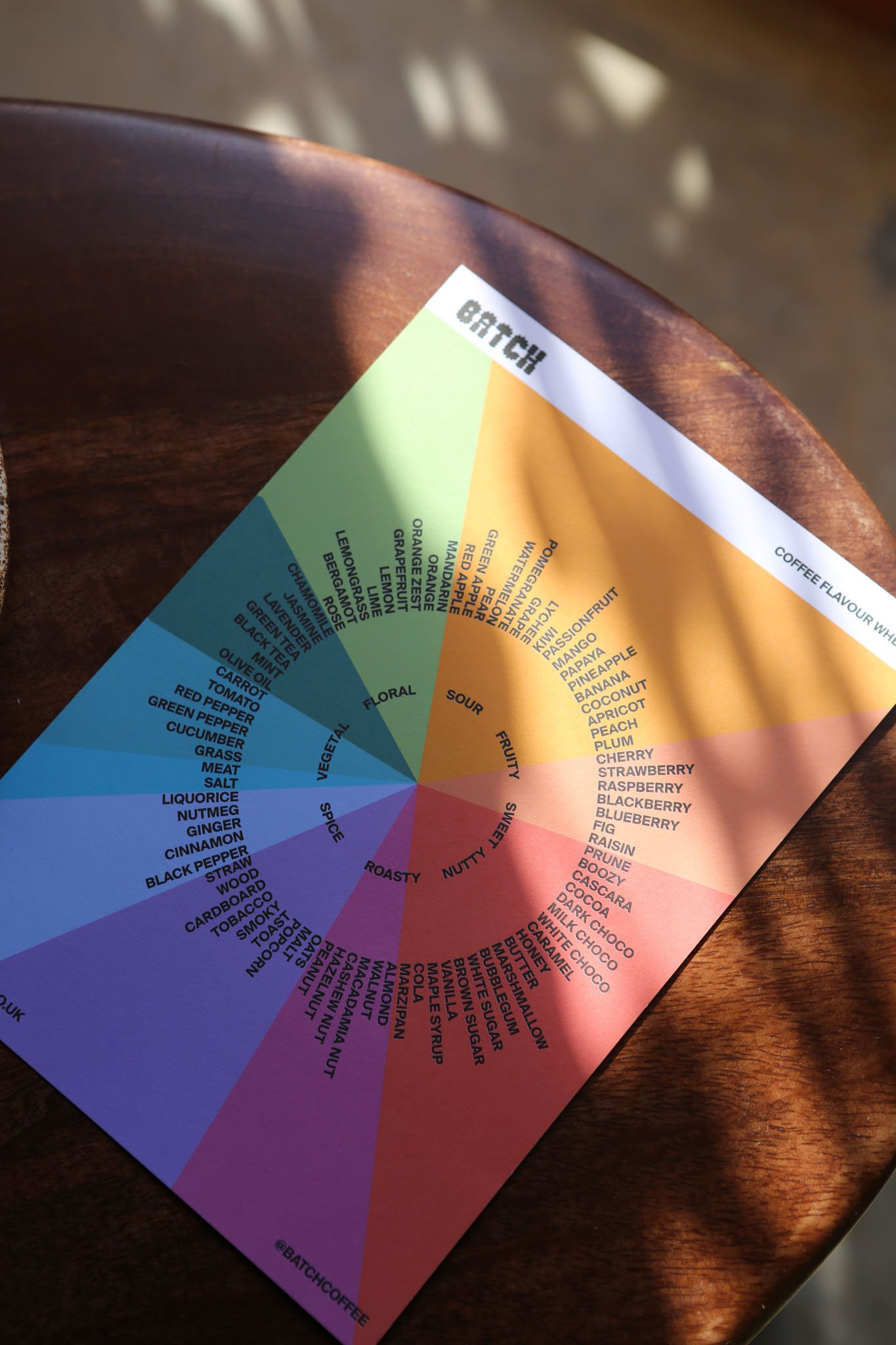





You stated in this guide that when using 11.83 ounces of water (350ml) use one scoop of coffee. In another paragraph you stated
one scoop is one Tablespoon. Correct ?
Hey Denise. Scoops and tablespoons can get a little confusing to be honest as they are all varying in size. The ratio 1:15 coffee to water is the safest bet.
Thank you, Tom.
Your explanations were clear. Your site, (after perusing many others without clarity) gave me all the information that I needed to make a delicious brew in my recently acquired French Press.
Your way of educating was also a pleasant read.
Much appreciated.
Patricia S.
Thank you, Tom.
Your explanations were clear. Your site, (after perusing many others without clarity) gave me all the information that I needed to make a delicious brew in my recently acquired French Press.
Your way of educating was also a pleasant read.
Much appreciated.
Patricia S.